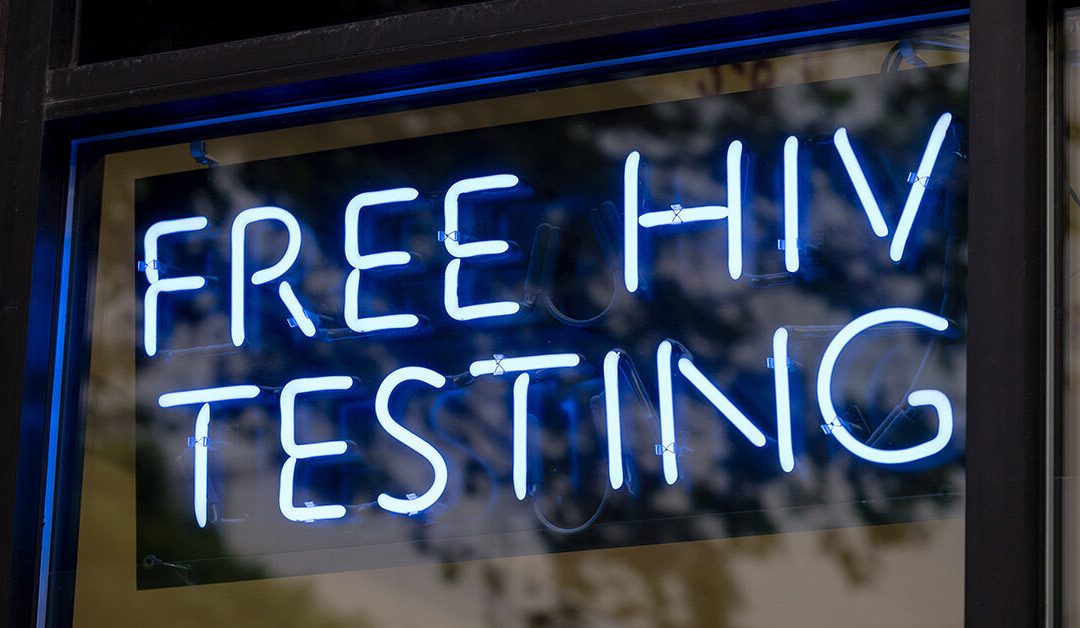The race for an HIV cure has been a long, gradual, and often frustrating process.
Dr. Steven Deeks, a professor of medicine in residence at the University of California, San Francisco (UCSF) and a faculty member in the division of HIV, infectious diseases, and global medicine at Zuckerberg San Francisco General Hospital, wrote in an email to Healthline that “these cases provide proof that a cure is at least feasible.”
When asked to clearly define what a “sterilizing cure” even is, Deeks wrote that, in contrast to the Berlin and London patients, “these apparent cures occurred via a natural immune response.”
“If we can figure out the mechanism, we may be able to come up with novel therapies that take advantage of our own defense system, one that is far safer than the bone marrow transplants that led to the previous cures,” he wrote.
Dr. Hyman Scott, MPH, the clinical research medical director at Bridge HIV and an assistant clinical professor of medicine at UCSF, told Healthline it’s necessary to frame this report in a way to make it clear it isn’t a sign of a foolproof “cure.”
Scientists are still unclear exactly how these two women’s bodies may have rid themselves of the virus.
“What this case and some of the other cases hopefully give us are insights into a potential road map to replicate this. Look, this might be such a special one, a 1-in-8 billion case, but it might give us an idea of what are the pieces that need to be in place that allow something like this to be possible,” Scott said.
“If those pieces can be replicated, maybe there will be a strategy down the line for vaccination, for a combination of vaccination and medication, or a combination of multiple vaccinations and multiple medications. Maybe that might be a road map,” he said.
Essentially, Scott said cases like that of the Esperanza patient could give us small puzzle pieces to “work backwards from,” using science to better understand how we can fill in gaps of knowledge we have about the virus.
“This does give us real energy to think about what is possible, or might be possible,” Scott added.
We certainly have made incredible strides in HIV treatment.
A cure might not be here right now, but improvements in antiretroviral therapies mean people living with HIV can attain “undetectable” status when they adhere to regular treatment.
Undetectable status means the viral load in a person’s body can be suppressed to such low numbers that they will not transmit the virus to sexual partners.
It also means these people can live long, healthy lives, taking what was once a death sentence during the height of the HIV crisis and making it a manageable, chronic condition.
Of course, as with most aspects of healthcare, inequities persist.
Those who are often affluent, white, or live in areas with pervasive and effective targeted public health messaging will most likely have the most resources to embrace these efforts.
As with all aspects of the continued HIV crisis, more can be done, and more can be done better.
Scott explained that COVID-19 has presented us with a pathway for how to use science to tackle a virus that fuels a pandemic: You can create a vaccine that triggers an immune response that’s similar to what happens when someone is recovering from that infection.
He added that HIV functions differently. It integrates into a person’s genome and “gets integrated into these very long-lived cells that can be activated even if the viral load is undetectable, when it’s still in that dormant state in the body.”
“So, there hasn’t really been an effective strategy to remove cells that are in that ‘dormancy,’ so to speak, of HIV that would allow somebody to become functionally ‘cured’ or in ‘extended remission,’ which is some of the terminology that has been used for this,” Scott said.
“So, in short, we don’t really have a great sense of what type of response in the immune system would allow somebody to achieve that state,” he said.
In regard to the Esperanza patient, Deeks wrote that the data from the new report suggests that her “immune response did what it had to do very early in the infection, before a complete antibody response emerged.”
Deeks believes this has implications for a better understanding of our body’s own immune responses to viruses like HIV.
“It suggests those parts of our immune system that are designed to react immediately to an infection are going to be key to figure out how to come up with an effective cure,” he wrote.
This content was originally published here.

